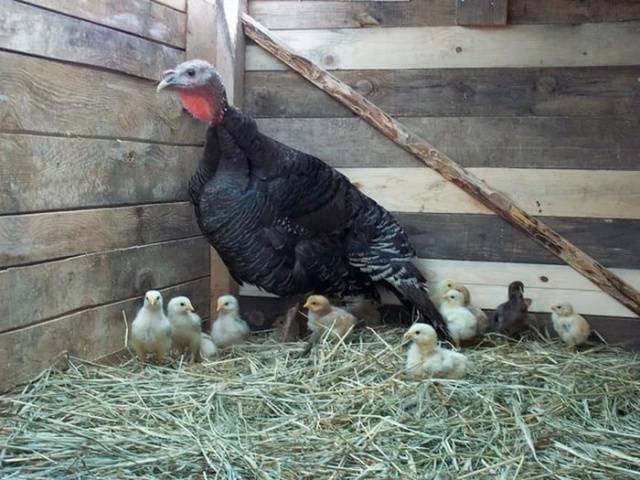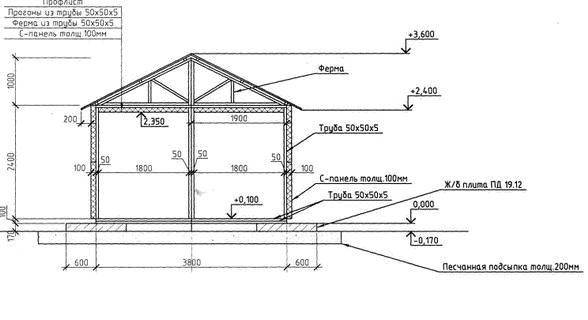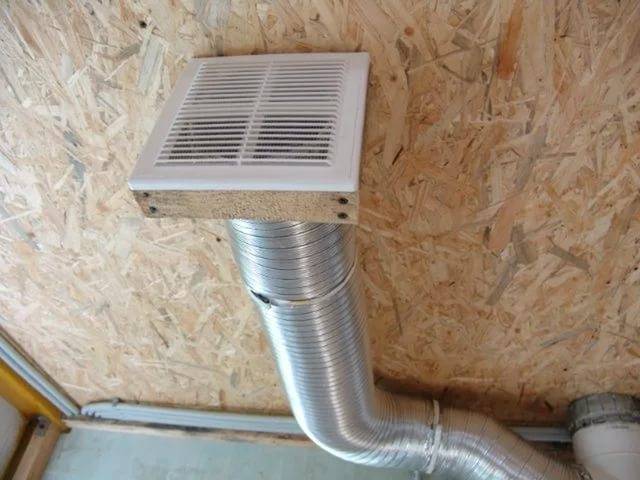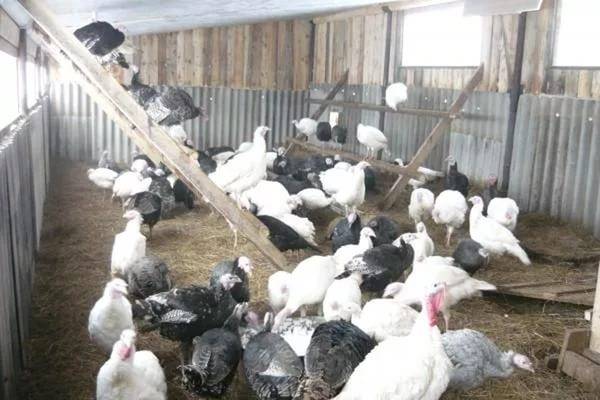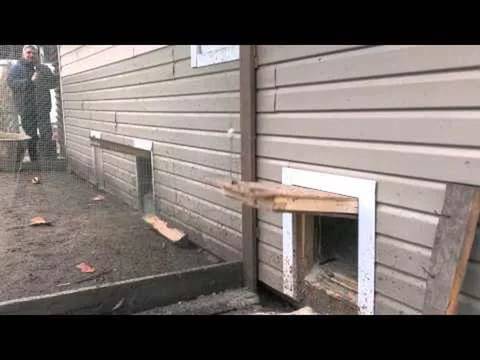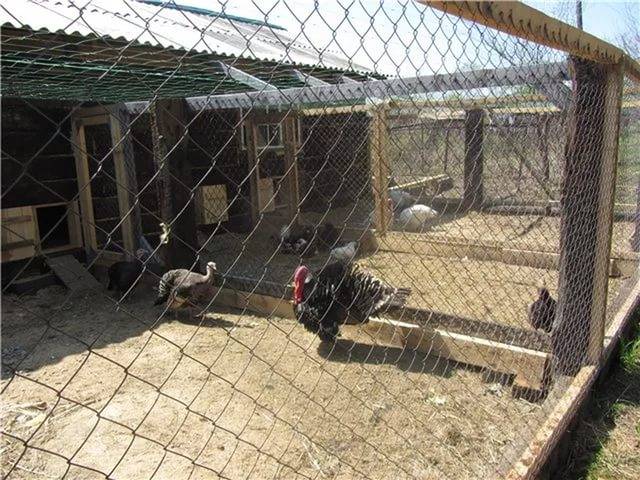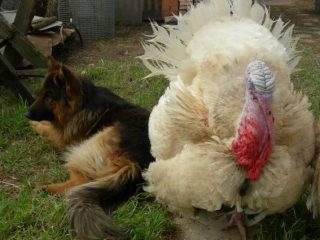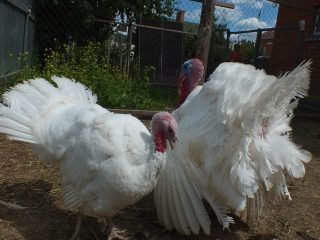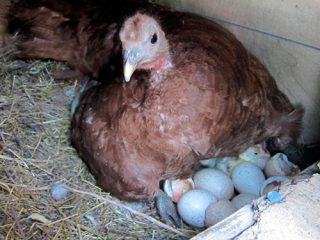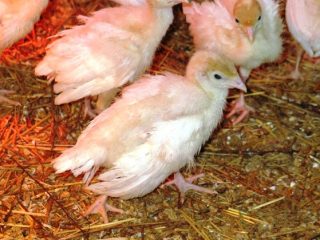Content
It seems to many that turkey breeding at home it is incredibly difficult. After all, turkeys are quite demanding birds that get sick easily and, as a result, grow slowly. But in fact, with well-organized care, keeping turkeys will not cause much trouble. The first thing to do for this is to organize a turkey house or a poultry house for turkeys. The health, optimal growth and egg production of turkeys will depend on this.
Basic requirements for a turkey house
Build a barn for turkeys is not as difficult as designing one. Indeed, for a normal life, this bird needs more than just a comfortable chicken coop, but a full-fledged house.
A do-it-yourself turkey shed, the photo of which is posted below, has the optimal size for keeping a small population of turkeys.
For normal growth and development of turkeys in a built house, there should be:
- Dry and cool... The optimum humidity is 65–70%. The temperature regime should change depending on the season. So, in summer, the temperature in the house for turkeys should be between +18 and +20 degrees, and in winter it should not be higher than -3 and not lower than -5 degrees. High humidity coupled with high air temperatures can cause frequent turkey diseases... In addition, under such conditions, mold and rot may appear on the walls of the hen house;
- Well-organized lighting... In this case, it is important not only to install additional artificial lighting, but also to provide the turkeys with natural lighting, for example, through a window or opening elements;
- Purely... The turkey house should be cleaned regularly. Particular attention should be paid to the bedding on the floor. In no case should it be raw. To do this, its top layer must be renewed daily, and a full change should be carried out only in autumn and spring.
In order to make it easier to comply with the conditions for keeping turkeys, the house must be correctly designed. The following parameters should be well thought out in it:
- ventilation;
- floors, walls and windows;
- perches;
- feeders and drinkers;
- aviary.
Let's consider each of them in more detail.
Ventilation
The turkey does not like extreme heat, but the cold will also not do her good. In addition, the turkey is very sensitive to drafts, from which it is very easy to get sick. Therefore, ventilation must be well thought out in order to maintain an optimal temperature regime, as well as to prevent stagnation of air in the turkey room.
In most cases, a ventilation duct with a valve is used for this. It is he who will be the main part of the entire ventilation system. The optimal dimensions of the box are 25x25 cm. It should be placed directly on the ceiling.
Otherwise, they can fall on the turkeys, causing serious injury and even death.
It is not at all difficult to put such ventilation for a turkey house with your own hands. You can learn more about this from the video:
Floors, walls and windows
The floors are almost the main part of the entire turkey house. Birds walk on them almost all day, so they must be:
- even;
- smooth;
- warm.
It is not difficult to make an even and smooth surface of the floors of the house for turkeys. But how to provide the floors with the necessary warmth? To do this, it is necessary to have a floor covering at least 20-25 cm from the ground. It is this height that will prevent the floor from freezing in winter, thereby ensuring its desired temperature regime.
Artificial lighting alone will not be enough for turkeys, therefore windows in the poultry house are an important detail. Without sufficient daylight, the turkeys will start to get sick, which means that one window for the entire house will not be enough.
When calculating the required number of windows for a turkey poultry, as well as their layout, you must use a simple technique. Its essence is to imagine how the corners of the house will be illuminated in the daytime with one or another arrangement of windows. If all corners are fully illuminated, then the number of windows and their arrangement are correct. In this case, each adult bird or reared turkey will receive the amount of light they need and will actively grow.
The walls of the turkey house must also meet certain conditions:
- be warm;
- even.
In addition, there should be special holes in the walls of the turkey poultry - holes. They are needed so that the turkeys can freely go to the enclosure for a walk. In most cases, a 50x50 cm manhole will be enough for turkeys. But if the breeder plans to keep large turkey breeds, then the size of the manhole needs to be increased.
It is most rational to place manholes for turkeys under the windows. Moreover, each of the aisles should be closed with double doors to protect the turkeys from drafts.
Perches
Every turkey house should have turkey roosts. It is recommended to place perches in the rear, warmest, part of the turkey poultry house. To avoid injury to turkeys, the perch should have a smooth structure. In order to make it easier to clean the turkey house, many breeders make the roosts removable.
All turkey roosts should be at different levels. Most often they are installed in the form of a pyramid, where the lower step is 80 cm from the floor, and the upper one is 80 cm from the ceiling.
Making perches with your own hands is quite simple. To do this, you need to take wooden beams and place them half a meter apart.
Feeders and drinkers
Of all the variety of turkey feeders, the most suitable are:
- trough-shaped feeders;
- trough feeders.
Choosing a feeder for turkeys should be based on their size. The larger the turkey, the larger its feeder should be, and vice versa.
At the same time, different feeders should be provided for different feed. So, for dry food, it is better to use trough feeders, which are recommended to be hung at the level of the turkey's back. But feeders for mineral feed should be located 40 cm from the floor.
Concerning drinkers, then for the convenience of turkeys, hang them at the height of their neck. At the same time, it is better to cover the drinkers themselves with a net.
Aviary
The turkey enclosure or pen is an integral part of every turkey house. Therefore, in the calculation of the area for a house for turkeys, it is imperative to include the area of the aviary. The turkey is a rather active bird, and the more birds are planned to be kept, the larger the aviary should be.
Turkeys fly well, so the aviary should have not only walls, but also a ceiling. They should be made of fine mesh metal mesh. In addition, it is advisable to sow the land in the aviary with useful perennials, for example, clover or alfalfa. You can also use annuals: peas, oats - but they will have to be updated every year. Drinking bowls can be placed in the aviary. This will be especially true for the summer keeping of turkeys.
A turkey poultry house built with all these recommendations will become a real home for turkeys. They will feel comfortable in it, which means they will grow well and actively lay eggs.
